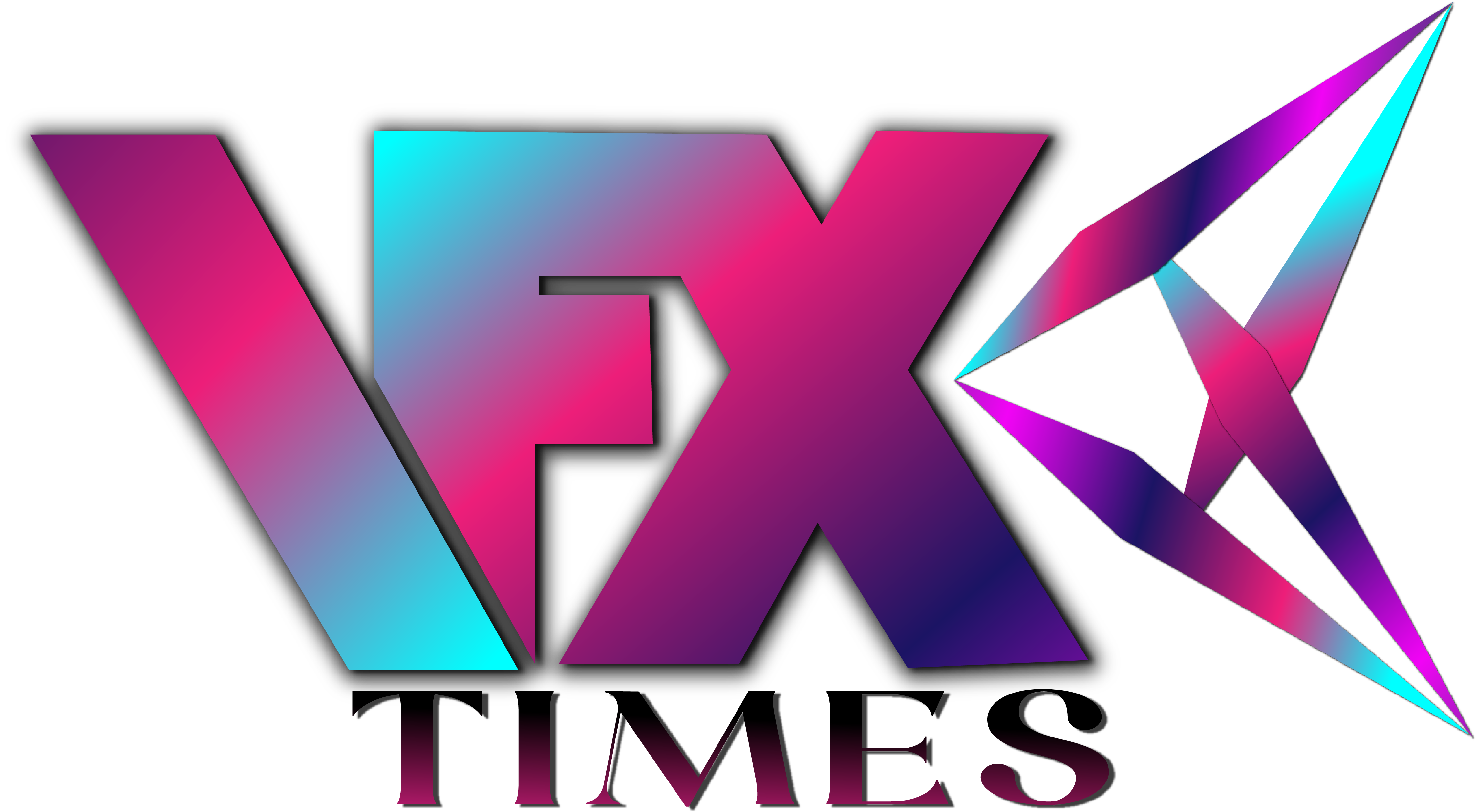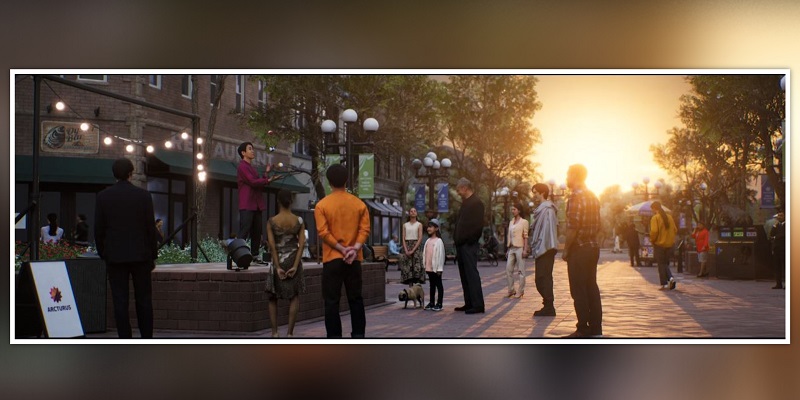Volumetric video company Arcturus released an update for its HoloSuite toolset, bringing with it a new way to deliver lightweight, scaleable volumetric video to game engines with real time rendering and playback.
Through the use of a first-of-its-kind high-performance codec, anyone from virtual production teams to game creators can now populate their digital scenes with more volumetric characters than previously possible, while also maintaining a higher level of data quality than ever before. In the past, content creators looking to populate scenes have had to make a choice.
While volumetric video can offer a faster turnaround and a more natural performance than a CG digihuman, the amount of data generated meant large files that increase the demands on the hardware. To solve that issue, Arcturus created Accelerated Volumetric Video (AVV), the world’s first high performance volumetric video codec.
With AVV, volumetric files are significantly compressed, while maintaining the quality of the data. That allows creators building a virtual environment to play back more volumetric video characters in real time than ever before. Users have access to similar Levels of Detail (LoDs) tools found in game engines to prioritise the character nearest the camera, leading to better playback performance and higher quality characters.
“With each new generation of any visual technology, the demands on the hardware are an issue that can definitely slow adoption. It could be exactly what a project needs, but if it isn’t practical to use, no one benefits,” said Arcturus CEO Kamal Mistry. “AVV makes volumetric video a viable solution for digital scenes looking to add a high quantity of human characters.”
- Texture Analysis: An automatic texture detail analysis improves compression and helps build multi-resolution textures, leading to more optimised playback and improved visual quality.
- Normals Transfer: Surface normal can now be transferred from the source capture data to the compressed final result to improve relighting in a game engine.
- Smart Texture: Poly and texture budgets are prioritised toward facial features, leading to higher quality facial details.
- Motion Vectors: Motion data can now be encoded in an AVV file to improve visual quality in game engines, for fast action clips and engine antialiasing.
- Continued Support for OMS: Creators working on mobile applications, planning on streaming will still have access to Arcturus’s current OMS codec.
While HoloSuite users can now access the full complement of features, the tools have already been employed in multiple professional ventures, including an as-yet-unannounced Dimension Studios virtual production project and the recently released — and critically acclaimed — remake of the classic game, The 7th Guest VR from Vertigo Games.
“The original 7th Guest managed to tell an engaging story using full motion video, but for virtual reality we wanted to elevate that experience and use full 3D recordings of the performers, captured through volumetric video,” said Vertigo Games project lead Paul van der Meer. “We worked closely with Arcturus to compress the data with almost no loss and reduce the original volumetric assets by a quarter. For the first time ever in VR, we were able to include multiple volumetric video streams featuring real performances in 3D, giving players a new and compelling experience.”
Accelerated Volumetric Video is an add-on; free for experimentation and non-commercial use for HoloSuite subscribers. Annual HoloSuite licences are available for commercial and private use. Special pricing for education is available upon request.


